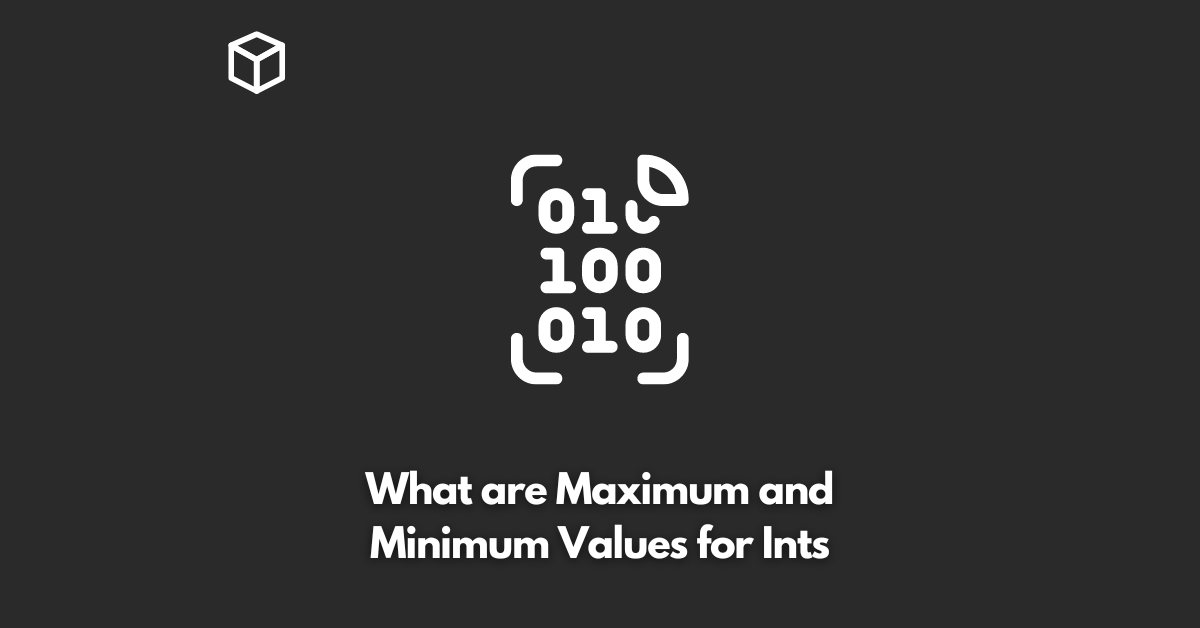As a software developer, it is important to understand the range of values that different data types can hold.
In this article, we will focus on the maximum and minimum values for the most commonly used integer data type in computer programming, the int data type.
What are Integers?
Integers are whole numbers that do not contain fractional or decimal parts.
They can be positive, negative, or zero. In most programming languages, including Java, C, and Python, the int data type is used to store integers.
Maximum and Minimum Values for int
The range of values that an int data type can hold depends on the size of the data type and the number of bits used to represent it.
In most modern computer systems, an int is typically stored using 32 bits, which allows it to represent a range of values from -2^31 to (2^31) – 1.
Representing Maximum and Minimum Values
Here’s how you can represent the maximum and minimum values of an int in code using Java and Python:
Java:
int maxInt = Integer.MAX_VALUE;
int minInt = Integer.MIN_VALUE;
Python:
maxInt = 2147483647
minInt = -2147483648It’s important to note that if you try to store a value outside of this range in an int, you may get unexpected results, such as overflow or underflow.
Conclusion
In this post, we learned about the maximum and minimum values that can be stored in an int data type.
Understanding the range of values that different data types can hold is crucial for writing robust and efficient code.
By keeping the maximum and minimum values for int in mind, you can ensure that your code can handle all possible inputs correctly.




